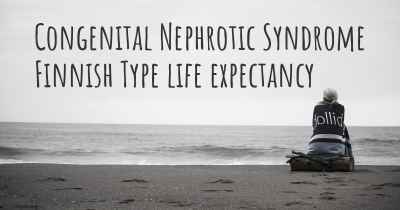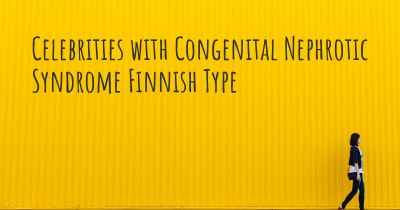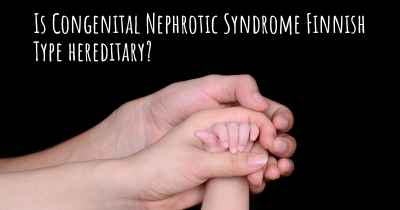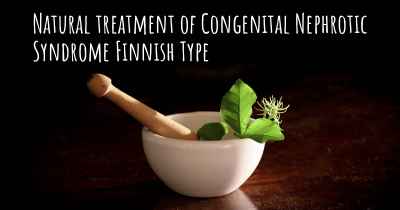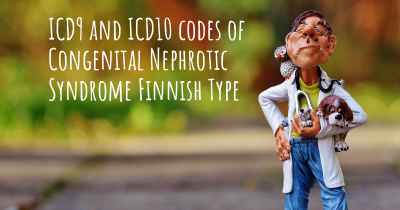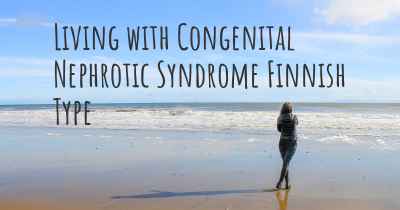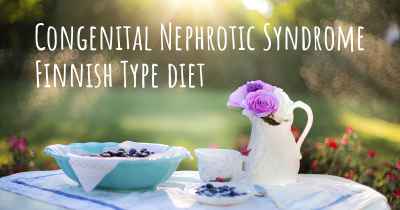What is the history of Congenital Nephrotic Syndrome Finnish Type?
When was Congenital Nephrotic Syndrome Finnish Type discovered? What is the story of this discovery? Was it coincidence or not?
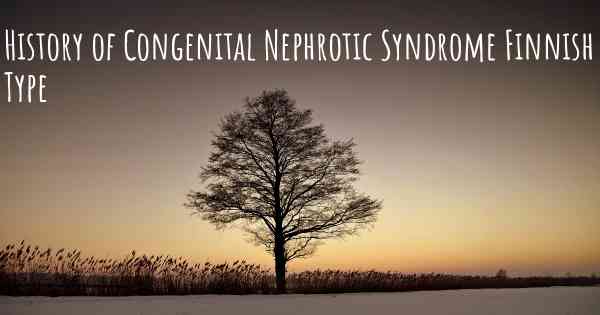
Congenital Nephrotic Syndrome Finnish Type (CNF) is a rare genetic disorder that affects the kidneys, leading to excessive protein loss in the urine. It was first described in the medical literature in the late 1960s by Finnish pediatrician, Professor Hannu Jalanko. CNF primarily affects individuals of Finnish descent, hence its name, but cases have also been reported in other populations.
The discovery of CNF:
In the late 1960s, Professor Hannu Jalanko encountered a group of Finnish infants who presented with severe edema (swelling) shortly after birth. Intrigued by this unusual condition, he began investigating the underlying cause. Through extensive research and collaboration with other scientists, Professor Jalanko identified a genetic mutation responsible for the disorder.
Genetic basis:
CNF is caused by mutations in the NPHS1 gene, which encodes a protein called nephrin. Nephrin is a crucial component of the glomerular filtration barrier in the kidneys, which prevents the loss of proteins into the urine. Mutations in the NPHS1 gene disrupt the normal structure and function of nephrin, leading to increased permeability of the filtration barrier and subsequent proteinuria (protein in the urine).
Prevalence and inheritance:
CNF is most commonly found in individuals of Finnish descent, with an estimated incidence of 1 in 8,000 live births in Finland. However, cases have also been reported in other populations, including individuals of non-Finnish ancestry. The disorder follows an autosomal recessive pattern of inheritance, meaning that both parents must carry a copy of the mutated gene for their child to be affected.
Clinical features:
Infants with CNF typically present with severe edema shortly after birth or within the first few months of life. The edema is often generalized, affecting the face, limbs, and abdomen. Other common symptoms include foamy urine (due to proteinuria), poor appetite, and recurrent infections. The excessive protein loss can also lead to nutritional deficiencies and impaired growth.
Diagnosis and management:
The diagnosis of CNF is based on clinical presentation, laboratory tests, and genetic analysis. Urine analysis reveals significant proteinuria, while blood tests may show low levels of albumin (a major blood protein). Genetic testing can confirm the presence of NPHS1 gene mutations.
Management of CNF primarily focuses on supportive care to alleviate symptoms and prevent complications. This includes dietary modifications to ensure adequate nutrition, diuretic medications to reduce edema, and close monitoring of kidney function. In some cases, kidney transplantation may be necessary if the disease progresses to end-stage renal failure.
Research and future prospects:
Since its initial discovery, significant progress has been made in understanding the genetic basis and pathophysiology of CNF. Researchers continue to investigate potential therapeutic approaches, including gene therapy and targeted drug interventions, to improve outcomes for individuals with CNF. Additionally, advancements in genetic testing and prenatal screening have allowed for early detection and counseling for families at risk of having a child with CNF.
In conclusion, Congenital Nephrotic Syndrome Finnish Type is a rare genetic disorder primarily affecting individuals of Finnish descent. It was first described by Professor Hannu Jalanko in the late 1960s. CNF is caused by mutations in the NPHS1 gene, leading to abnormal nephrin function and subsequent proteinuria. The disorder follows an autosomal recessive pattern of inheritance. Early diagnosis, supportive care, and ongoing research efforts are essential in managing CNF and improving outcomes for affected individuals.
